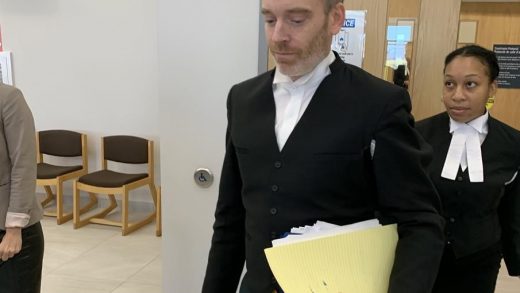
JUAN ZARAMA PERINI/Stuff
It shouldn’t be such a hassle to go out for a coffee when you use a wheelchair, says Olivia Shivas.
Olivia Shivas is a Pou Tiaki reporter and uses a wheelchair to get around.
OPINION: “I’d like to book a table for five please,” I say on the phone. “Oh and three of us use wheelchairs.”
It wasn’t the first time I’d tried to make a reservation for more than one person in a wheelchair, but I didn’t think the call would cause so much stress.
“We don’t take reservations,” said the voice on the other side of the phone. “But you can wait at the bar for a table.”
“Bar leaners aren’t suitable in a wheelchair,” I respond. “Well, is the rest of the restaurant accessible?”
READ MORE:
* Rejected on my first day of school because I am disabled
* What is your experience of life with a disability?
I just wanted to make sure we could get in and actually sit comfortably at a table if we went.
“OK well I can save you a table – but you’ll have to come at 5pm or 8pm.”
And so my group of friends and I rushed to get ready for dinner to make the earlier time, but when we arrived we had to squeeze through the other patrons and move a bunch of chairs around.
Ricky Wilson/Stuff
Stuff Pou Tiaki reporter Olivia Shivas trialling accessibility at SkyCity’s Sugar Club.
It shouldn’t be such a hassle to have a nice meal out with my friends.
I can understand why some eateries don’t take reservations in case of no-shows, but why did I feel so guilty and grateful that they saved a table for us?
And it’s not just the access through the door that impacts me – is there accessible parking nearby?
Has the accessible bathroom been used as a cleaning or storage closet?
Is there a variety of seating options such as low tables and moveable seats to make space for a wheelchair?
Chris McKeen/Stuff
Stuff journalist Ripu Bhatia looks at the challenges wheelchair users face when going for a beer in Auckland.
But wheelchair accessibility is not the only consideration that should be made.
Áine Kelly-Costello is blind and neurodivergent; they also live with the impacts of long Covid and therefore require a specific diet.
When they’re deciding where to eat, their main concerns include Covid safety and whether they can eat anything on the menu.
When it comes to the actual menu, access is a “big issue”, they said.
While some eateries have online menus, the text of the menu is often contained in images which aren’t readable by screen readers often used by blind people.
Although Braille menus get a lot of attention, Kelly-Costello said over-reliance on them is impractical because Braille menus go out of date quickly, and not all blind or low-vision people can read Braille.
They said while it’s “really cool to encounter a hard-copy Braille menu”, eateries should provide them in electronic form too.
For now, Kelly-Costello will ask the server for menu information – including ingredients that meet their dietary requirements – and “remembering to not be ashamed of that, the access issues aren’t on me”.
Unfortunately, the onus of checking (and double-checking) often falls on the disabled person.
There’s a café down the road, but the main entrance has a step to get inside. There is a side door that is technically accessible, but there are usually people sitting in front of that door, and it needs to be opened by a staff member.
I’m familiar to the staff now who will open the door for me, but if only they’d designed the main entrance to be accessible in the first place.
It shouldn’t take extra effort – and awkward conversation with the people blocking the door – just to grab a coffee.


